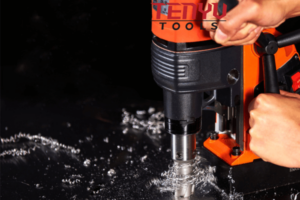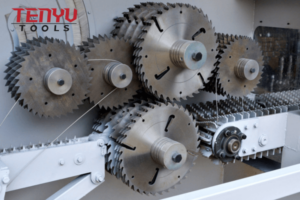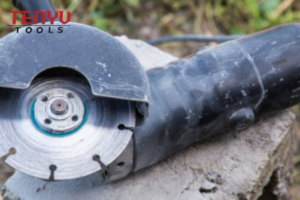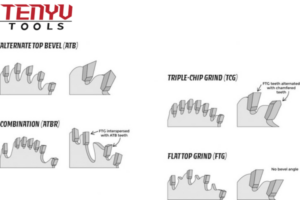How to Choose a Saw Blade?

Choosing the right saw blade can be a challenge. With so many types and specifications, it’s easy to get lost in the details. But finding the perfect blade is crucial for both safety and efficiency. In this article, I’ll guide you through the key factors to consider when selecting a saw blade.
When selecting a saw blade, you need to consider factors such as material, thickness, and compatibility with your saw. Understanding these aspects can help you make the right choice. Let’s dive into the specifics of what you need to know.
Choosing the right saw blade isn’t just about picking the one that looks good. It’s about matching the blade to your cutting needs, ensuring safety, and maximizing efficiency. Now, let’s break down some of the most important questions you’ll need to answer when choosing your blade.
What Type of Steel are Circular Saw Blades Made of?
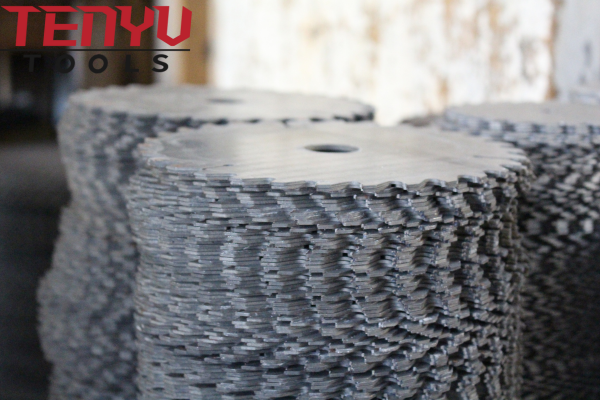
Circular saw blades are typically made from carbon steel, high-speed steel (HSS), or carbide-tipped steel. Each material offers unique benefits depending on the job. Understanding these materials can help you choose the right blade for your cutting tasks.
Carbon Steel
Carbon steel1 is a popular choice due to its affordability and sharpness. It’s great for general woodworking tasks. However, it does wear down faster compared to other materials, making it less suitable for cutting through harder materials.
High-Speed Steel (HSS)
HSS blades are known for their durability and ability to maintain sharpness for longer periods. They are perfect for cutting through metals and other tough materials. HSS blades can withstand high heat, making them ideal for demanding jobs.
Carbide-Tipped Steel
Carbide-tipped blades are the most durable and can cut through almost any material, including metal, plastic, and wood. The carbide tips are extremely hard, allowing for clean cuts and long-lasting performance. While they are more expensive, they are well worth the investment for heavy-duty use.
Is it Safe to Cut Aluminum with Any Saw?
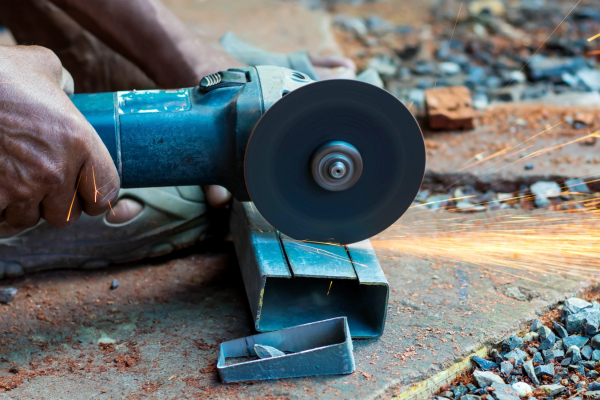
Cutting aluminum requires a specific type of saw blade. Not every blade is suitable for this material. Using the wrong blade can lead to inefficient cuts, overheating, or even damage to the material.
Not all saw blades are designed to cut aluminum. For the best results, choose a blade that is specifically made for non-ferrous metals like aluminum. These blades feature a special tooth design and are often made of carbide to prevent wear and tear.
Tooth Design for Cutting Aluminum
When cutting aluminum, the tooth design2 plays a crucial role. Blades with fewer teeth and a negative rake angle are best for non-ferrous metals. This ensures smoother cuts and reduces the risk of the material binding to the blade.
Special Features
Some blades designed for cutting aluminum also come with coatings that reduce friction and heat buildup. This helps prevent the aluminum from melting during the cutting process, which is a common issue when using the wrong blade.
How Thick is a Circular Saw Blade?
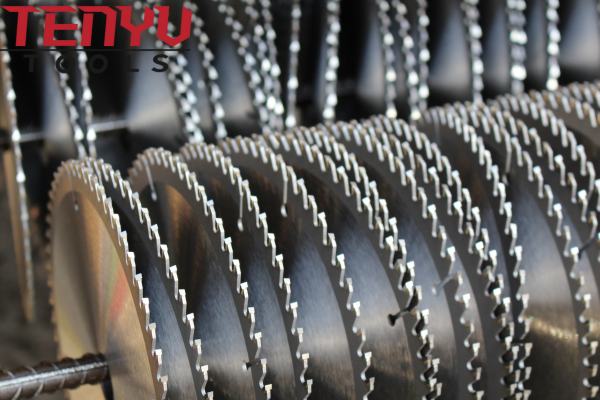
The thickness of a circular saw blade is crucial because it influences the cutting performance and efficiency. Thicker blades tend to be more durable and offer cleaner cuts, but they can also put more strain on your saw.
Typically, the thickness of a circular saw blade ranges between 1/16 inch and 1/8 inch. Thicker blades are ideal for tougher materials, while thinner blades are more suited for finer, delicate work.
Standard Blade Thickness
Most general-purpose circular saw blades have a thickness of around 0.125 inches. These blades are great for cutting through wood3 and other soft materials. They are durable and offer a good balance between performance and cost.
Heavy-Duty Blade Thickness
If you are cutting through hard materials like metal or stone, you may want to opt for a thicker blade. A blade thickness of 0.160 inches or more is more likely to handle tougher materials without getting damaged.
How Thick is a Thin Kerf Blade?
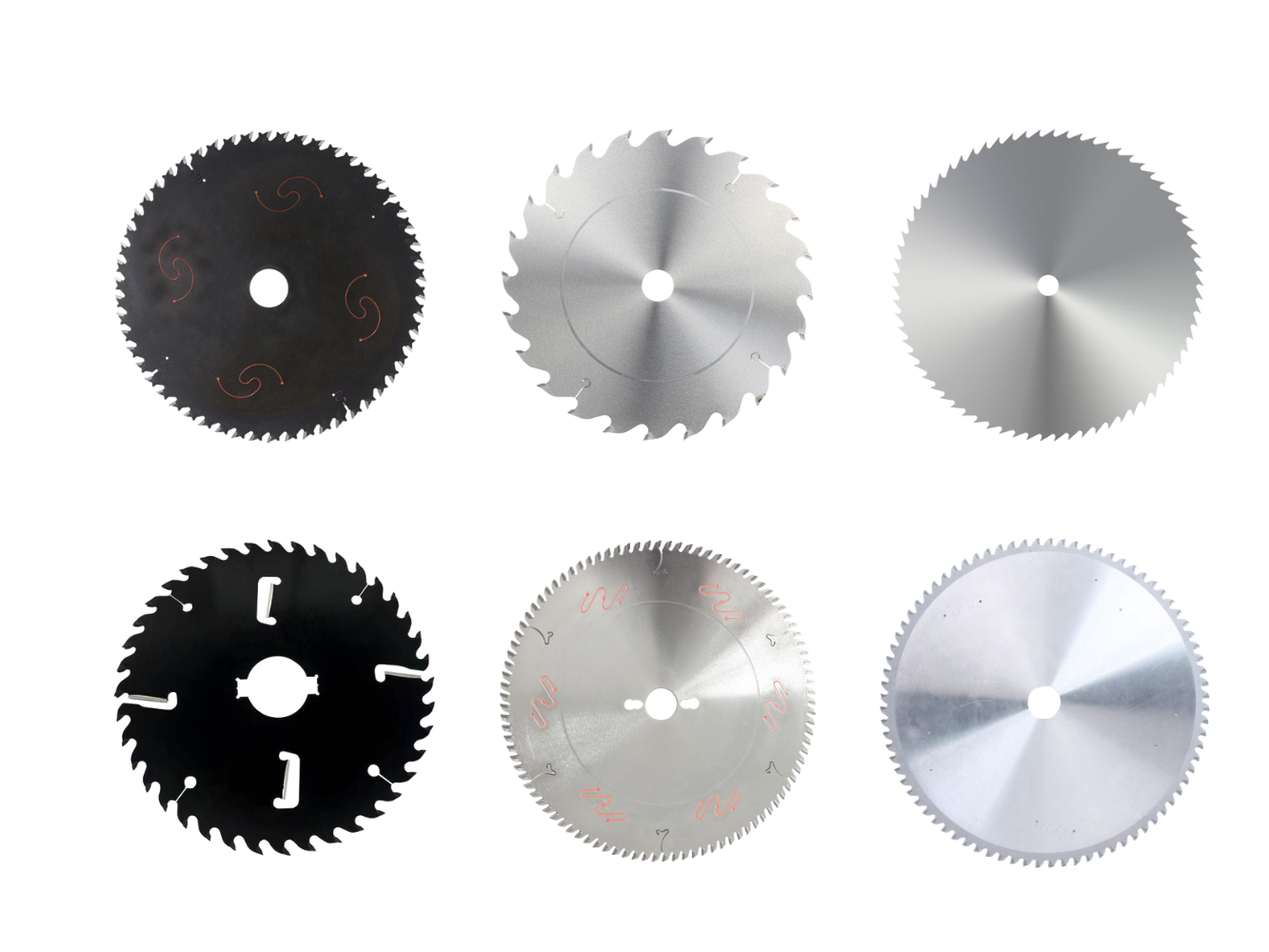
Thin kerf blades are designed for more efficient cutting, especially when working with softer materials. These blades have a thinner profile, reducing the amount of material removed during the cut.
Thin kerf blades typically have a thickness between 0.090 inches and 0.125 inches. While they are not as durable as thicker blades, they are perfect for jobs that require quick, clean cuts with minimal waste.
Advantages of Thin Kerf Blades
One of the main advantages of thin kerf blades4 is their ability to cut through materials with less strain on the saw. This can be particularly useful when working with less dense materials or when you want to reduce the load on your tool. These blades are also typically cheaper than their thicker counterparts, making them a great choice for lighter work.
Disadvantages of Thin Kerf Blades
While thin kerf blades are great for efficiency, they may not last as long as thicker blades. The thinner profile can lead to more frequent sharpening or replacement, especially if you’re cutting through harder materials. Additionally, these blades are not ideal for making deep cuts or working with tough, dense materials.
Conclusion
Choosing the right saw blade depends on the material you’re cutting, the type of saw you’re using, and the depth of your cuts. By considering factors like blade thickness, tooth design, and the material of the blade, you can make sure your cutting job goes smoothly and safely.
-
Carbon steel is commonly used in tools due to its affordability and sharpness. ↩
-
"tooth design" is a key term related to cutting tools, and linking it to external sources that explain its impact on performance can provide further context and validation for the article. ↩
-
"Wood" is essential in understanding the materials best suited for circular saw blades. ↩
-
Thin kerf blades are a specialized tool in woodworking, and users may need to understand their specific benefits in terms of reducing strain and improving efficiency. ↩

